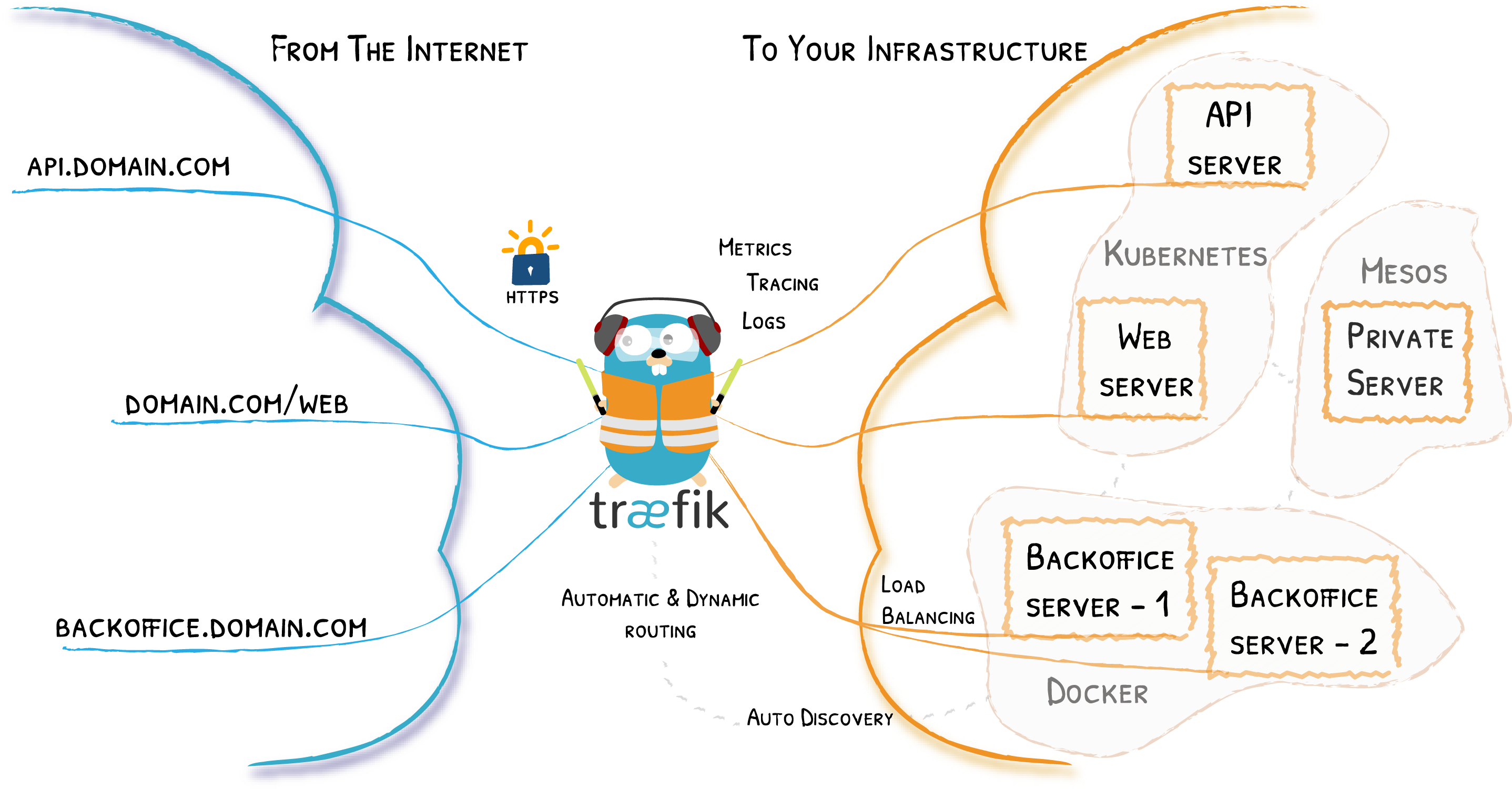Introduction
In this post, I will show you how to create your own Certificate Authority (CA) for Traefik SSL. This is a very tool to have, as it will allow you to easily create SSL certificates for your home lab or development environment. This post will also cover how to use the Certificate Authority to generate SSL certificates for your Traefik reverse proxy automatically using your containerised Step-CA instance your Certificate Authority.
What is Traefik?
Traefik is a modern HTTP reverse proxy and load balancer that makes deploying microservices easy. Traefik integrates with your existing infrastructure components (Docker, Swarm mode, Kubernetes, Marathon, Consul, Etcd, Rancher, Amazon ECS, …) and configures itself automatically and dynamically. Point Traefik at your orchestrator, and it will automatically detect and manage your services.
What is Step-CA?
Step-CA is a zero trust certificate authority (CA) built on the smallstep platform. It is designed to be a simple, secure, and scalable CA that you can use to issue TLS certificates to your infrastructure. It also has an ACME provisioner which allows you to automatically generate certificates for your Traefik reverse proxy.
What is a Certificate Authority?
A Certificate Authority (CA) is an entity that issues digital certificates. A digital certificate is a small data file that binds a public key with an entity’s details. The most common use for digital certificates is to enable Transport Layer Security (TLS).
Why use a Certificate Authority?
The main reason to use a Certificate Authority is to enable TLS. TLS is a cryptographic protocol that provides communication security over the Internet. It is used to secure HTTP, FTP, SMTP, POP3, IMAP and other applications that use the TCP/IP protocol to provide communication services.
Why use your own Certificate Authority?
Using your own Certificate Authority means that you don’t have to pay for a certificate. This is especially useful if you are running a home lab, or you have a small website that doesn’t need a lot of traffic.
Step 1: Create a Docker Compose file
Create your docker-compose.yml
|
|
Initialization of your step-ca instance
Create your data directory
mkdir -p "$PWD/data/step-ca" && sudo chown -R 1000:1000 "$PWD/data/step-ca"Initialize your step-ca instance
docker run --rm -it -v "$PWD/data/step-ca:/home/step" smallstep/step-ca step ca initAdd your password
echo <your password here> | sudo tee "$PWD/data/step-ca/secrets/password"
sudo chown -R 1000:1000 "$PWD/data/step-ca/secrets/password"Start your step-ca Instance:
docker-compose up -d step-ca
Once going through
Save your Root fingerprint somewhere to use afterwards.
Generating root certificate...
all done!
Generating intermediate certificate...
all done!
✔ Root certificate: /home/step/certs/root_ca.crt
✔ Root private key: /home/step/secrets/root_ca_key
✔ Root fingerprint: f032205...
✔ Intermediate certificate: /home/step/certs/intermediate_ca.crt
✔ Intermediate private key: /home/step/secrets/intermediate_ca_key
✔ Database folder: /home/step/db
✔ Default configuration: /home/step/config/defaults.json
✔ Certificate Authority configuration: /home/step/config/ca.json
Your PKI is ready to go. To generate certificates for individual services see 'step help ca'.
FEEDBACK 😍 🍻
The step utility is not instrumented for usage statistics. It does not
phone home. But your feedback is extremely valuable. Any information you
can provide regarding how you’re using `step` helps. Please send us a
sentence or two, good or bad: [email protected] or join
https://github.com/smallstep/certificates/discussions.
Then, go to https://localhost:9000/health to make sure service is running.
Enable ACME provisioner
docker-compose exec step-ca step ca provisioner add acme --type ACME
docker-compose restartAdd CA to your development environment
step ca bootstrap --ca-url https://localhost:9000 --install --fingerprint <fingerprint-acquired>EG:
|
|
This command setup created CA on your computer to be able to acquire certificates, and adds the CA to your computer’s trust store.
Check if CA is added to your trust store.
curl https://localhost:9000/healthCreate a sample certificate for localhost.
step ca certificate site.myhost.local site_home_local.crt site_home_local.keyRun traefik first
docker-compose up -d traefik && \
sleep 10 && \
docker-compose up -d whoami



Comments....